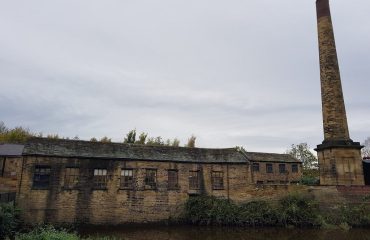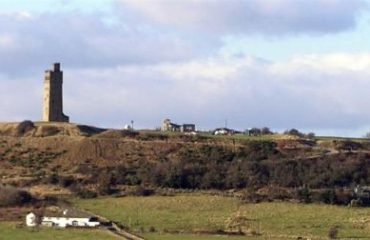
A picturesque Fishing village in the borough of Scarborough. Staithes was once one of the largest fishing ports in the north east, but now has settled comfortably into being a gorgeous tourist destination.
History
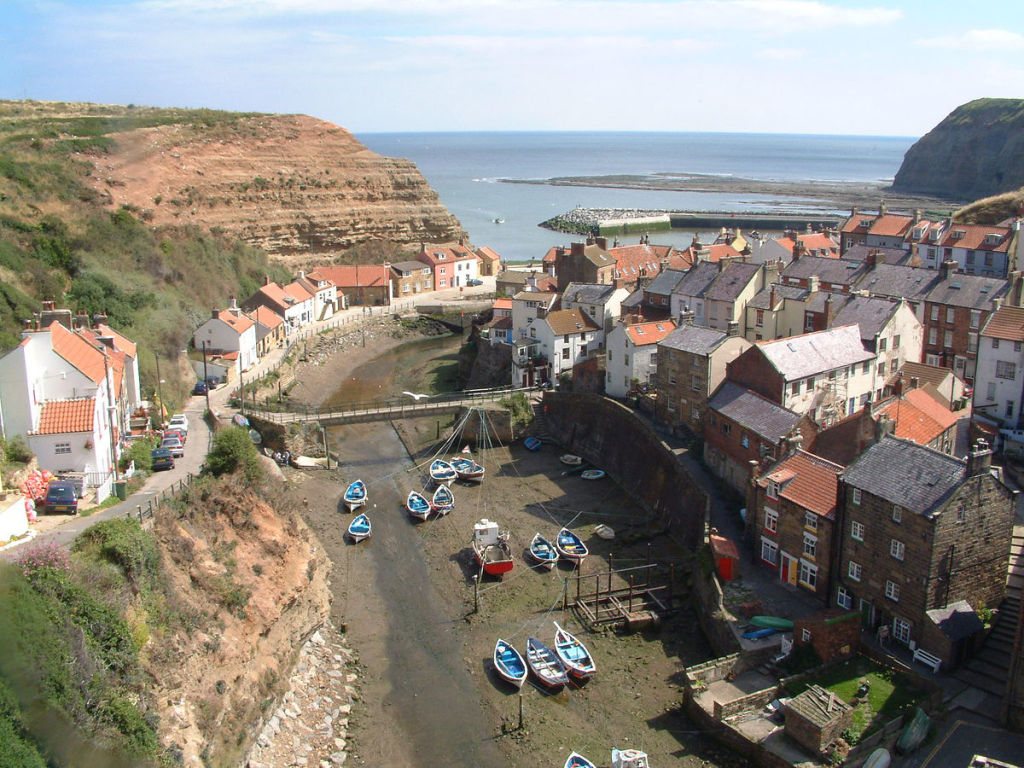
The name of Staithes comes from the Old English word for landing place. This is most likely due to Staithes being such a good port, with its imposing cliff sides and sheltered harbour. The village did not develop until the 15th century, and only then it started out as a landing site for another small village. By the Tudor period Staithes had developed an active shellfish industry. Over the following two centuries this fishery developed until by the early 19th century Staithes became the largest fishing port north of The Wash. At the turn of the 20th century there was a fleet of around 80 full time fishing boats utilizing Staithes harbour. A hundred years on only a handful of part-time fishermen still persist. There is a long standing tradition of using a traditional fishing vessel of the North East known as the Coble.
The Coble
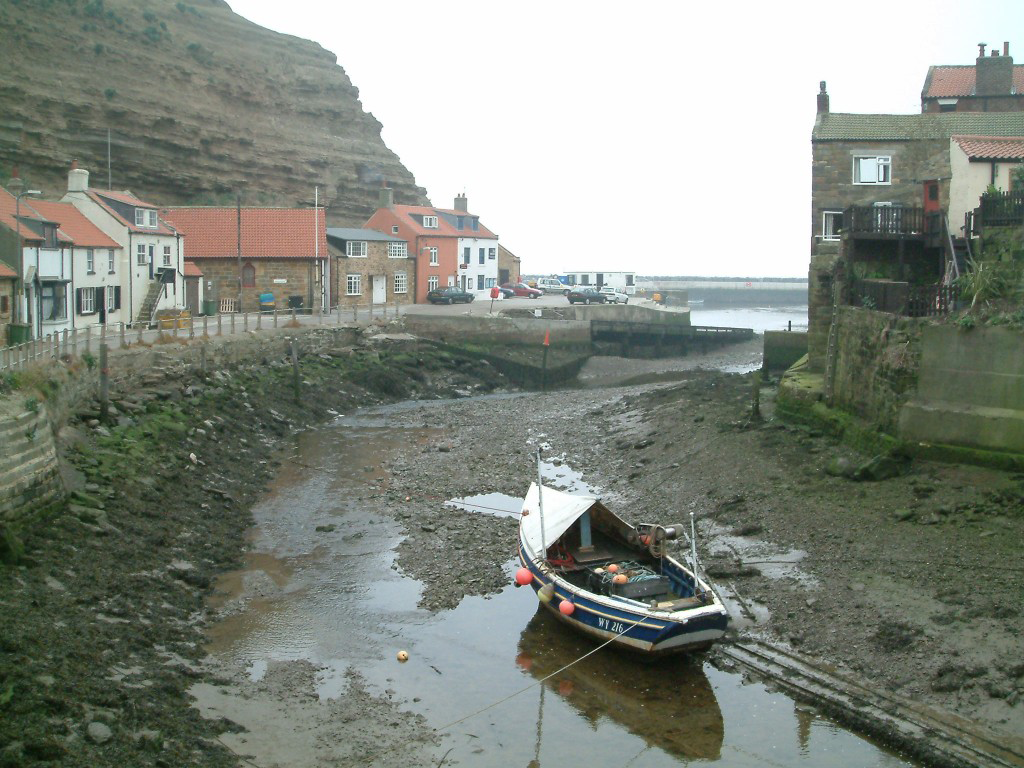
Originally the Coble used a distinctive lug sail and had a flat bottom to allow for the launching and landing upon shallow beaches. The use of sails has fallen out of favour in modern times for the more easy to use diesel engines, a concession to comfort. Locals traditionally custom built the Cobles with the craftsmanship giving the boats a long working life and making them extremely suitable to the dangerous North Sea. The design of these ships have relics of Norse influence with an obvious Dutch influence.
Seamen of Staithes
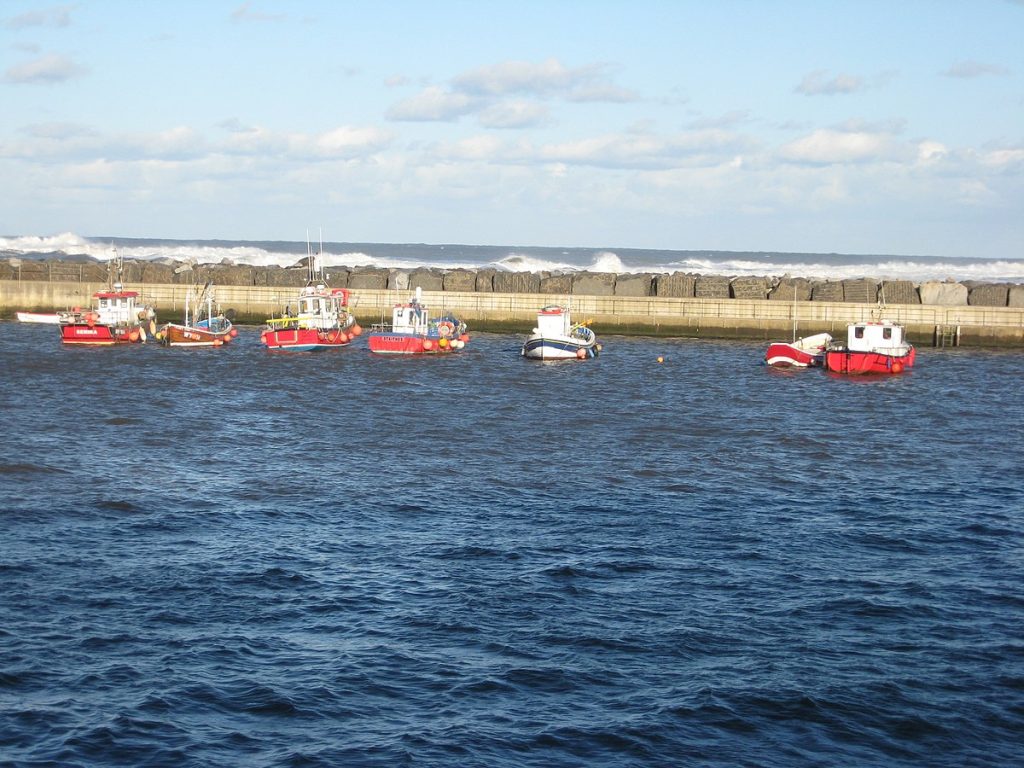
The men of Staithes became renowned for their astounding seamanship. This was due to the necessity of them being good sailors to survive the treacherous North Sea conditions. Unfortunately, that skill made them a common target for the Royal Navy’s press-gangs. These gangs of men could legally abduct people and force them to join the Royal Navy. Many Staithes fishermen suffered this fate, with a large number of pressed men from the area dying at the battle of Trafalgar. Another large amount ended up in the Americas after Commodore John Paul Jones kidnapped a large number in 1779 and brought them back to the US.
The Streets of Staithes
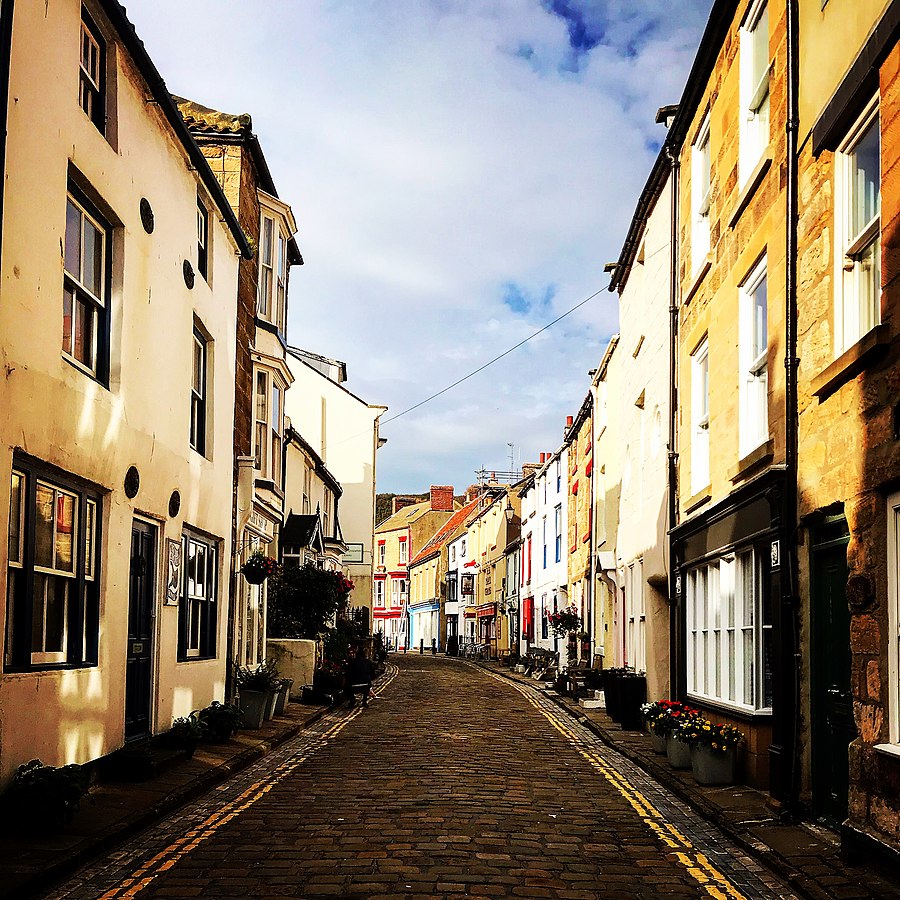
Staithes has numerous narrow streets and passageways. With one particular street reported to be the narrowest alley in the world at just 18 inches wide. In 1997 Royal Mail were encouraging the occupants of Staithes to number their houses. This was to remove the need of relying on the houses classical names. Royal mail stated this would aid efficiency of their postal machines. This also helped stop the confusion of Relief postal workers. Who, unfamiliar with the area became lost with the named housing system.
James Cook influence
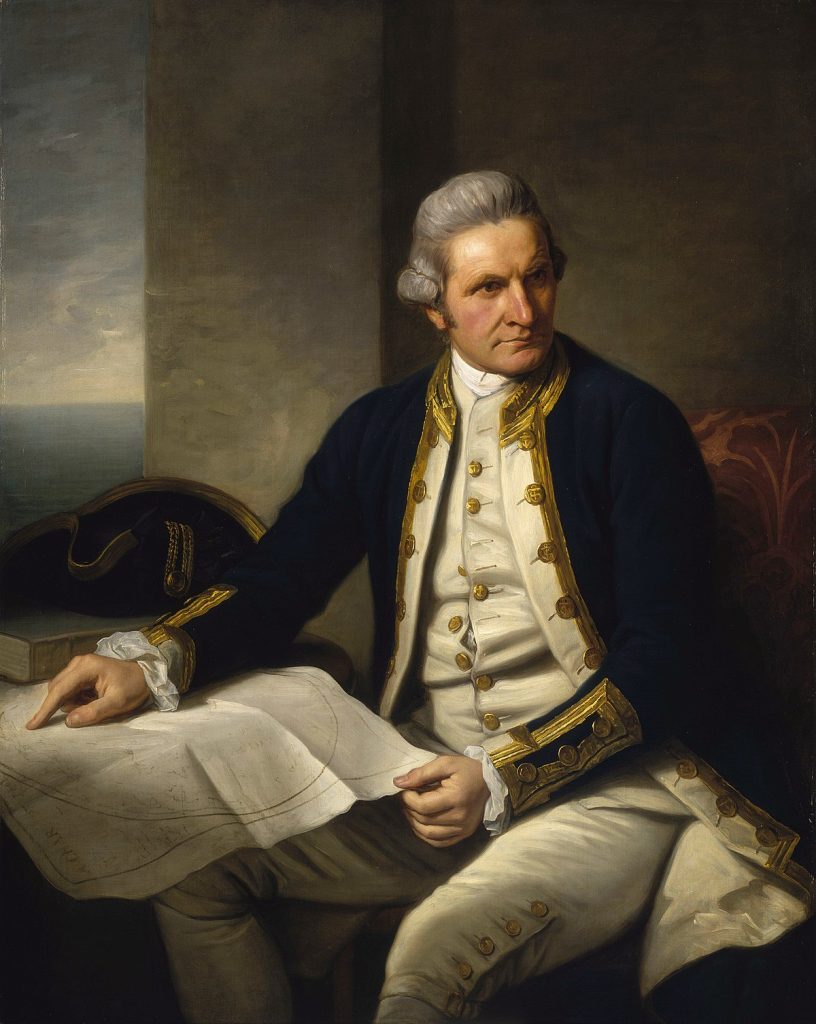
In 1745 – 46 Staithes’ most famous resident, James Cook worked in Staithes as a grocer’s apprentice where he first gained his passion for the sea. Without his time in Staithes James Cook most likely wouldn’t have gone on his voyages at all. Remnants of Cook’s time in Staithes can be seen in many of the tourist attractions of today including the Captain cook and Staithes Heritage Centre. This Centre is a recreation of the shop in which James Cook worked during his time in the town. The museum contains over 200 books, engravings, letters, medals and more. The Centre aims to provide an insight into his incredible life and career, as well as into Staithes itself. There is also the Captain Cook’s Cottage and the Captain Cook Inn that both continue the trend.
Modern Day
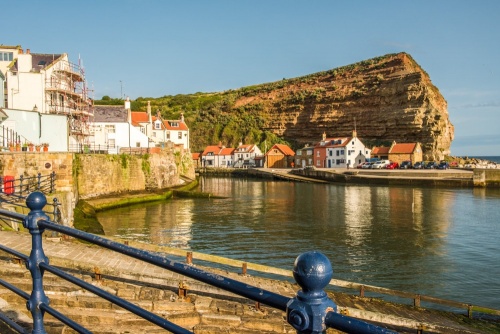
Staithes now is a destination for geologists researching the Jurassic era in the strata in the cliffs surrounding the village. Found in the early 1990s after a rockfall, the remains of a sea reptile were discovered. The fossil has been the focus of an ongoing project to remove the ancient bones of the creature.
The permanent population of the village has dwindled in recent times. This is due in part to more than half of the houses being acquired as second homes or holiday homes. The time weathered old Staithes’ traditions are beginning to disappear. However, there is still active local participation in the local RNLI Lifeboat Station and crew. To celebrate its place in art history, Staithes held a festival of arts and heritage in 2012. Many of the places in the town opened their doors to the public as pop-up galleries creating an art trail through the village.


